Cruising Titicaca: Puno and the Floating Islands of the Uros
In this series, we look at the towns around Lake Titicaca in Peru and Bolivia as well as the commonly visited islands and attractions nearby.
Puno
Puno gets a bad rap from travellers, but it’s not quite as terrible as “the hole” I expected. That said, the town is best used as a base to explore the nearby islands on the Peruvian side of Lake Titicaca rather than as a destination itself. We stayed for two nights on either side of our island tour, and that was enough.
We opted for a one-night boat tour, taking in the floating islands of the Uros, overnighting with a local family on Amantille then stopping for lunch on Tequille before returning to Puno.
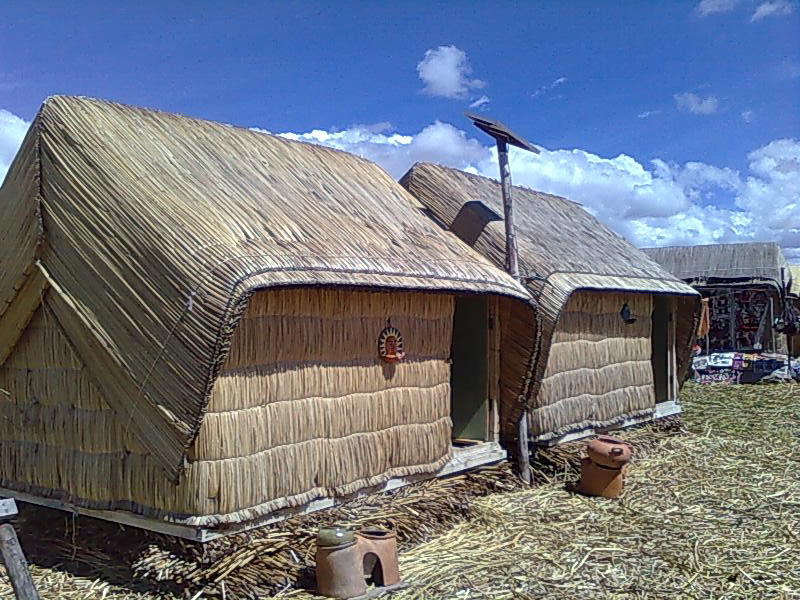
Uros
The first stop from Puno is the Uros floating islands, which by themselves make an interesting half-day trip from the mainland. In a tradition stretching back hundreds of years, the Uros people harvest reeds and roots from the seemingly endless stretches of stalks and create artificial islands with them. The crazy premise of living on reed islands makes this a fascinating place to visit, and the explanation of how they are constructed is equally interesting.
Prices:
We paid around 70 soles for our tour, which included hotel pick-up and drop-off, the boat and crew, a guide, access to three islands (Uros, Amatile and Taquile), lunch and dinner on day one, breakfast on day two. We also paid five soles for gifts for our host family, six soles each for a short boat trip, five soles on drinks, 15 soles for lunch on day two and around 25 soles on handicrafts each. Total cost for two days: 126 soles per person, around US$45.
Colourfully dressed, the islanders now spend most of their days making ongoing repairs to their islands, ferrying foreigners backwards and forwards in reed boats, and playing their part in the tourism showcase that each island has become. In their simple houses, jeans and t-shirts indicate people tend to get changed after the tourists have left, and watch TV thanks to the solar-powered transformers tucked out of sight in several locations. We were told many actually live on the mainland.
While I remain cynical about the Disney-esque simulacrum that the Uros have become, there’s something special about squelching down onto the reeds and watching your whole island rock in the wind. It was with some relief, however, that we boarded the boat for several hours of clear cruising on the gorgeous blue waters of Lake Titicaca. I escaped the oily smells caught in the cabin by repairing to the roof and chatting with some fellow travellers for the four-hour cruise to Amantani.
Next week we overnight on Amantani.
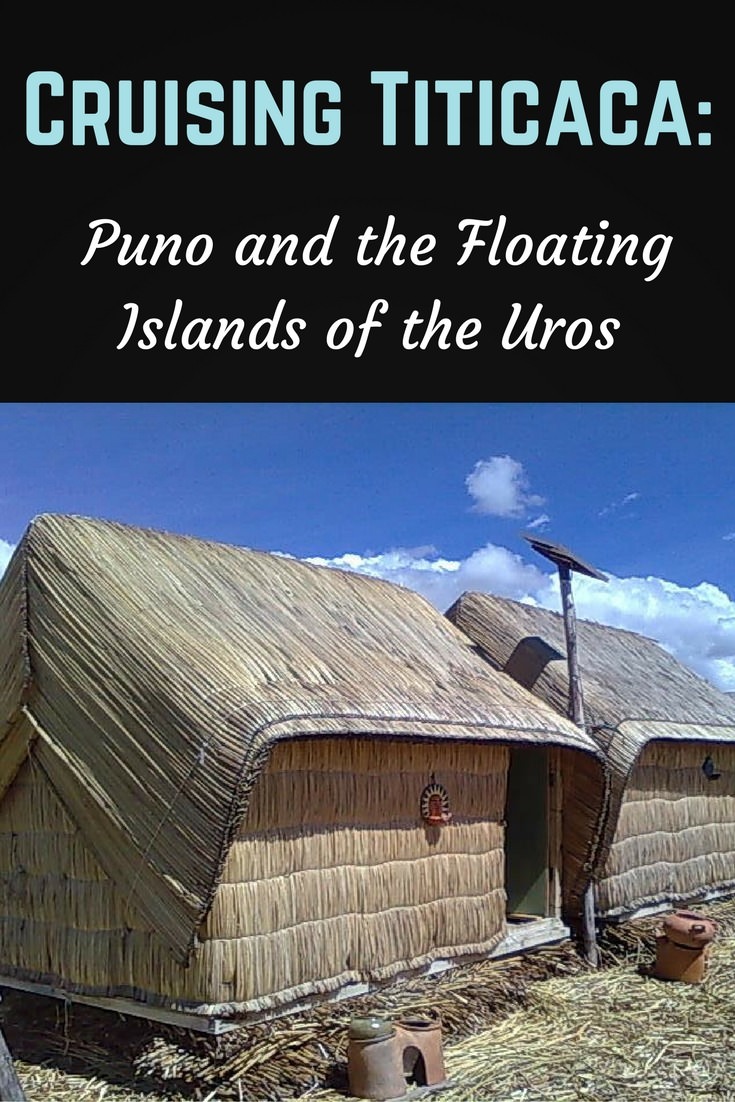


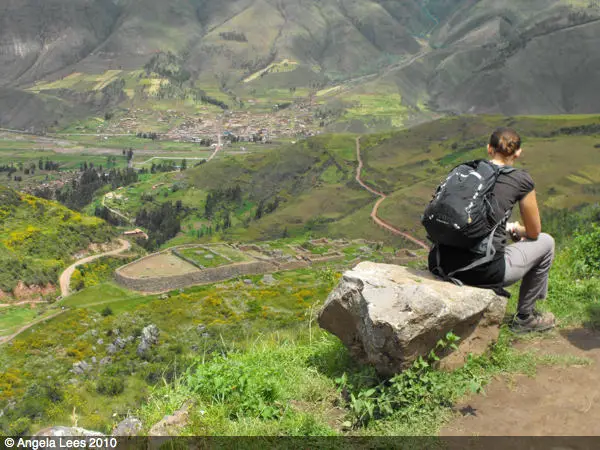
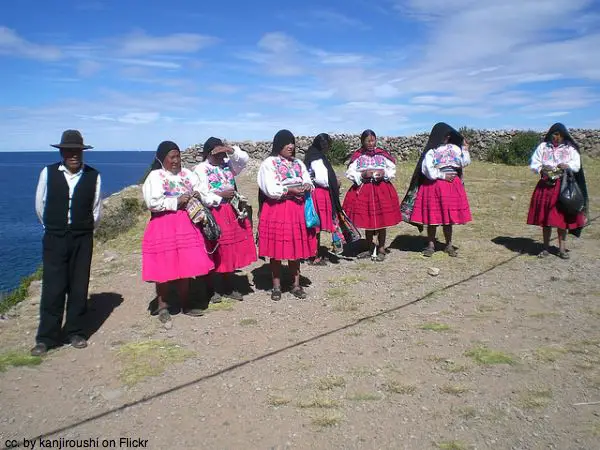

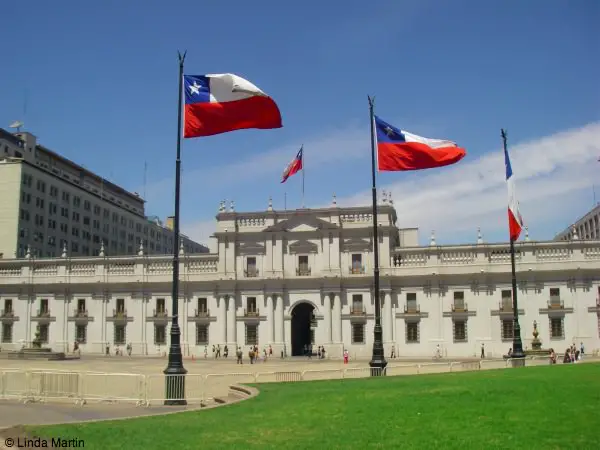
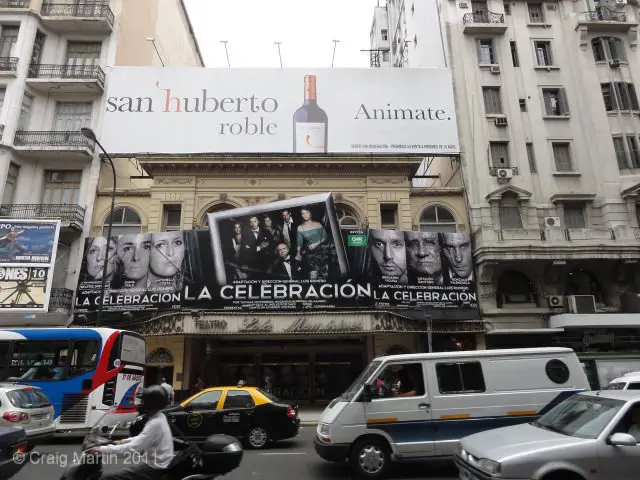
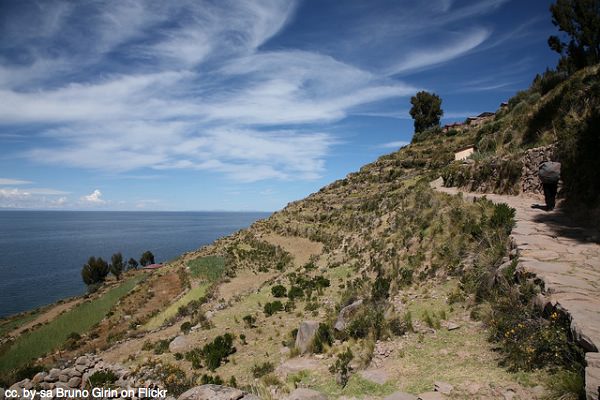
A grittier look at the reality of Peruvian tourism. I still want to see Peru but might want to pass on some of the oil-slicked parts.
Hi Steve,
Yes, there’s a lot of strange stuff in Peru, and a lot of it comes down to tourism supporting something that is no longer possible or desired (like living on floating islands with no healthcare or education) or the need to commercialise experiences twisting the original attraction of a place.
I read one report that said these islands were better off sinking (due to the false nature of the current situation). I’m not sure that the author was right, but it’s more like visiting an open-air museum with dress-up actors than visiting a remote people-group.
The experience at the Uros Island was really inexpressible!!! They way of living and the warm attitude they have with the visitors is beautiful. I had the luck to host at one of the Titicaca’s Islands too , at the Hotel Libertador Lake Titicaca… a luxurious hotel that offers first class services, I had the opportunity to taste some novo-Andean food, it was a delight for the palate.